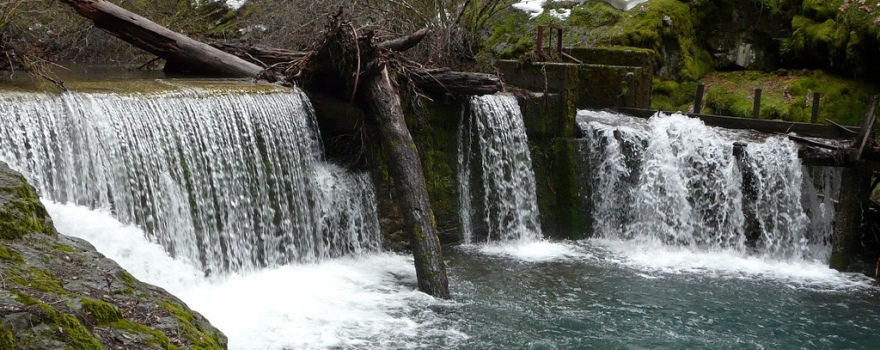
Order issued Tuesday evening provides for curtailment of water diversions in Mill, Deer, and Antelope Creek if minimum flows not met; second order covers information gathering
From the State Water Resources Control Board:
The State Water Resources Control Board (State Water Board) today re-adopted an emergency regulation that authorizes the curtailment of water diversions in three Sacramento River tributaries if minimum flows that serve some of the last self-sustaining populations of threatened fish are not met.
In a second action, the State Water Board re-adopted an emergency regulation that allows the State Water Board to collect information essential to managing the State’s limited water supplies.
Both of these regulations are important tools for protecting our limited water supplies and the uses that they serve in this fourth year of drought. The State Water Board is very aware of the devastating effect that the drought is having on our communities and the farmland and businesses that support our vibrant economy. For this reason, the State Water Board has taken an unprecedented series of actions to manage the drought’s impacts which include today’s actions.
Informational Orders
Under California’s seniority based water rights system, if there is insufficient water in a watercourse to support all water rights, junior water rights holders are ordered to limit or stop their water diversions first, based on their priority, to satisfy the rights of those more senior to them. In this fourth year of low rainfall and very limited snowpack, curtailments are certain to be implemented in key watersheds around the State. In January, the State Water Board put water users on notice that curtailments would likely be issued due to a lack of surface water supplies again this year.
Knowing how much water is legally diverted by all water right holders is the most important piece of information needed in accurately determining which water rights must be curtailed and by when. Incorrect or outdated information could result in the curtailment of more water rights than needed and unnecessary hardship for individuals, cities, businesses, and farms. This regulation requires water right holders to document their water right claims and report their most recent water use if information or complaints about their water rights or water use are received.
The informational Order has been used to improve basic information on water use by water right holders in both the San Joaquin and Sacramento watersheds under the emergency regulation adopted in July 2014. The responses to these orders are now contributing to the curtailment analyses for 2015 that will inform who will be affected by curtailments and when.
The State Water Board did not re-adopt the portion of the 2014 emergency regulation that authorized the use of immediately enforceable orders of curtailment. The exclusion of this provision from today’s action does not affect the ability of the State Water Board to take action to enforce violations of curtailment notices issued under the State’s longstanding system of water rights.
Minimum Fish Protections
Emergency regulations were first adopted in 2014 to establish minimum fish flows in Mill Creek, Deer Creek and Antelope Creek to protect salmon and steelhead populations as water levels decline and the weather warms. The state and federal fish and wildlife agencies have determined that these three creeks provide the best remaining accessible habitat for the protection and recovery of the Central Valley’s few remaining endangered wild salmon and steelhead populations. Migrating Chinook salmon and Central Valley steelhead face particular harm from the State’s ongoing drought conditions and are at high risk because water flows will be too low and temperatures too high unless a minimum amount of water is made available to them during critical passage periods to get to refuge locations and spawn upstream. These minimum or “belly scraping” flows ensure that enough water is flowing so that the fish can make it over the cobbles without getting stranded, but are not the flows that would be ideal under normal circumstances.
Today’s action makes minor changes to the timing and amount of flows required last year based on lessons learned. The emergency regulation continues to recognize local cooperative agreements between water users, the California Department of Fish and Wildlife and the National Marine Fisheries Service as an alternative method of compliance with the regulation.
Both regulations must be reviewed and approved by the State’s Office of Administrative Law and could take effect no later than 10 days from Board submittal.
Governor Brown has called on all Californians to reduce their water use by 20 percent and prevent water waste – visit SaveOurWater.com to find out how everyone can do their part, and visit Drought.CA.Gov to learn more about how California is dealing with the effects of the drought.
For more information on other water right activities leading to this Board action, please visit the Drought Year Water Actions website.
——————————————–
Get the Notebook blog by email and you’ll always be one of the first to know!
- Sign up for daily emails and get all the Notebook’s aggregated and original water news content delivered to your email box by 9AM. Breaking news alerts like this one, too. Sign me up!
 Maven’s Notebook
Maven’s Notebook
constantly watching over the world of California water

